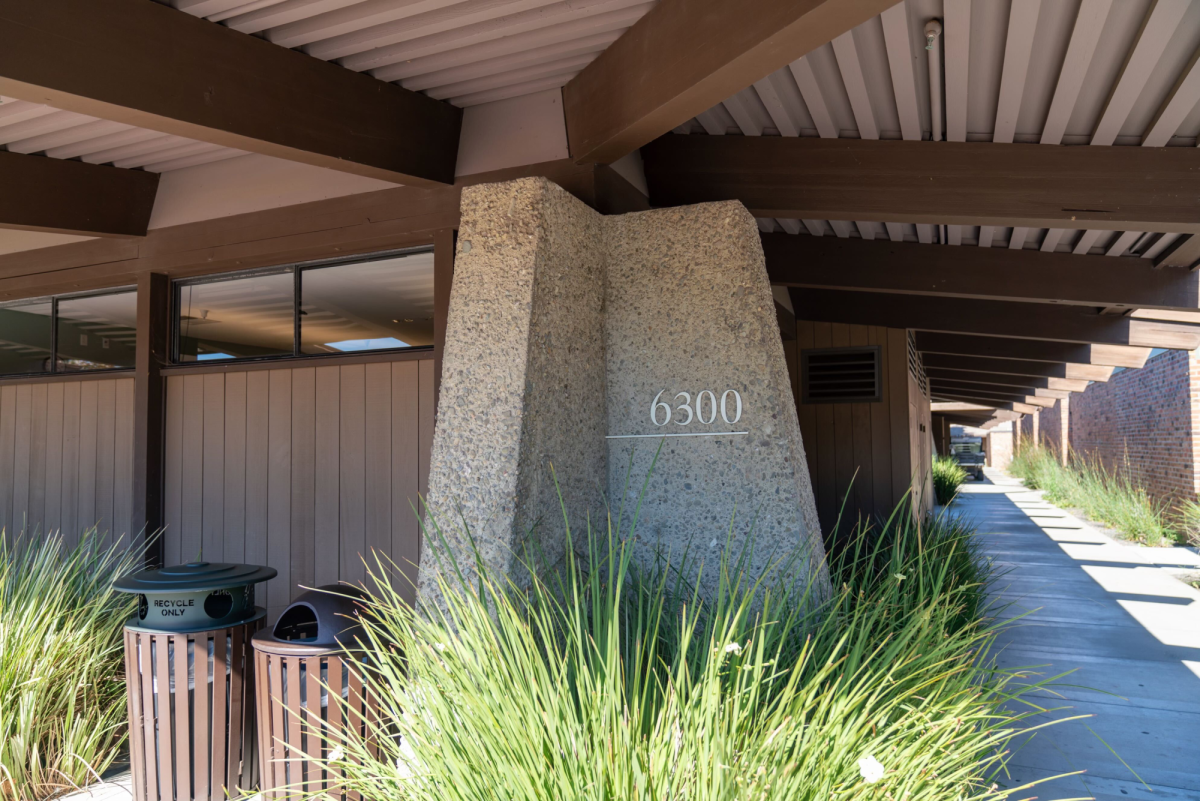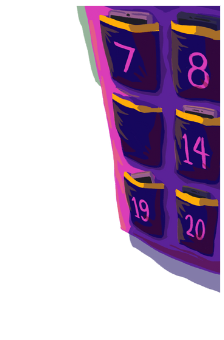Written by Kaya van der Horst
Three months after it was concluded, the Climate Culture Survey was released on Aug. 1 with unsettling results—of the 10 percent of Palo Alto Unified high school students who have been subject to sexual harassment at least once within the past year, only 12 percent chose to report it.
The survey was conducted last May in response to two mishandled sexual harassment cases at Gunn and Palo Alto High School (Paly) in 2013 and 2014. In both cases, the Education Department’s Office for Civil Rights (OCR) opened a directed investigation on the premise that the district did not provide a “prompt and equitable response to notice of peer sexual harassment.” According to the OCR’s case processing manual, a directed investigation may result in a resolution agreement that will ensure recipients come into compliance with civil rights laws requirements.
As part of a resolution agreement reached between the OCR and the Palo Alto Unified School District (PAUSD), the survey required students to answer questions about sexual harassment. A total of 2,549 students at Gunn and Paly, 67 percent of enrolled high school students, took the survey, and although 243 indicated that they had been sexually harassed at school within the past year, 88 percent did not report it. Similarly, almost 18 percent of the total respondents had witnessed sexual harassment in the school setting, but only 15 percent chose to notify someone.
This problematic trend of non-reporting raises questions as to why most cases of sexual harassment go unreported. Superintendent Dr. Max McGee believes students stray away from informing school officials about such incidents for two reasons: the fear of not being taken seriously and misconceptions about what constitutes sexual harassment. According to the OCR, sexual harassment is “any unwelcome conduct of a sexual nature” which may include pantsing, the spreading of sexual rumors or stalking based on gender.
“I think some people think the joking around is okay or normal, but it’s not,” McGee said. “Some people treat it as ‘Okay, this is how kids are,’ but that’s not the way it should be if that’s the way kids are.”
According to McGee, most adults on campus must report incidents within 24 hours by order of the California Education Department: however, school counselors and psychologists have special circumstances. “If you tell a counselor, it can remain confidential as the counselor will then work with the individual to decide the best course of action,” McGee said.
According to the survey, 45 percent of students indicated the student handbook as their primary source of information regarding the school’s sexual harassment policy, while 16 percent were notified through the principal—22 percent marked “Other.”
McGee believes that the district hasn’t done its best in communication. “We’ve relied more on word-of-mouth, advisory systems or through bulletins instead of doing the kind of outreach that really needs to be done,” he said.
In order to ease the process of reporting, the district is seeking new, effective ways to communicate each school’s policy regarding sexual harassment, as well as the reporting of it. “We’ve implemented an anonymous online reporting system now, which can be found on the PAUSD website,” McGee said. Upon completion, the information will be received confidentially by the district’s interim Title IX coordinator, John DiPaolo. As part of efforts to ease the process of reporting, the district is in the midst of hiring a full-time compliance officer.
Dr. McGee strongly urges students to report incidents of sexual harassment and compares them with the “Broken Windows Theory”—a criminological theory of the norm-setting and signaling effect the acceptance of crime has on society. “I believe it with all my heart,” he said. “If you let one of these sexual harassment incidents go unreported and thus unacted upon, you are just giving tacit permission to others that sexual harassment is OK. Acceptance then becomes part of the culture and that is not OK, because it will beget more sexual misconduct and eventually more serious incidents.”




















